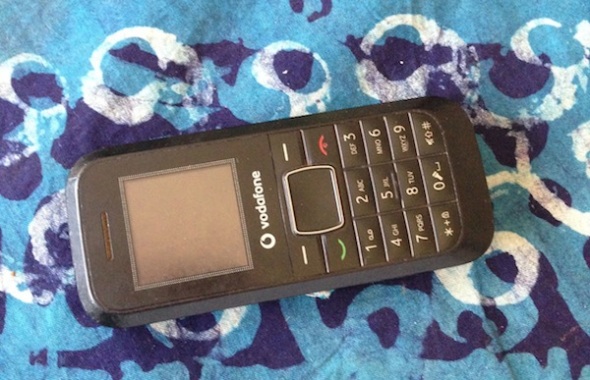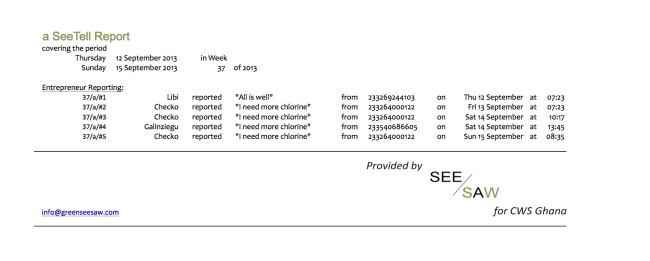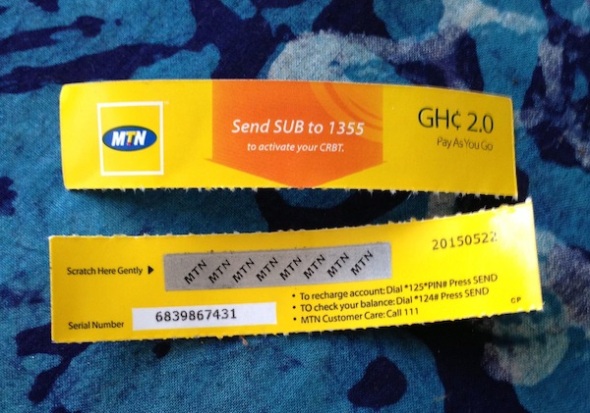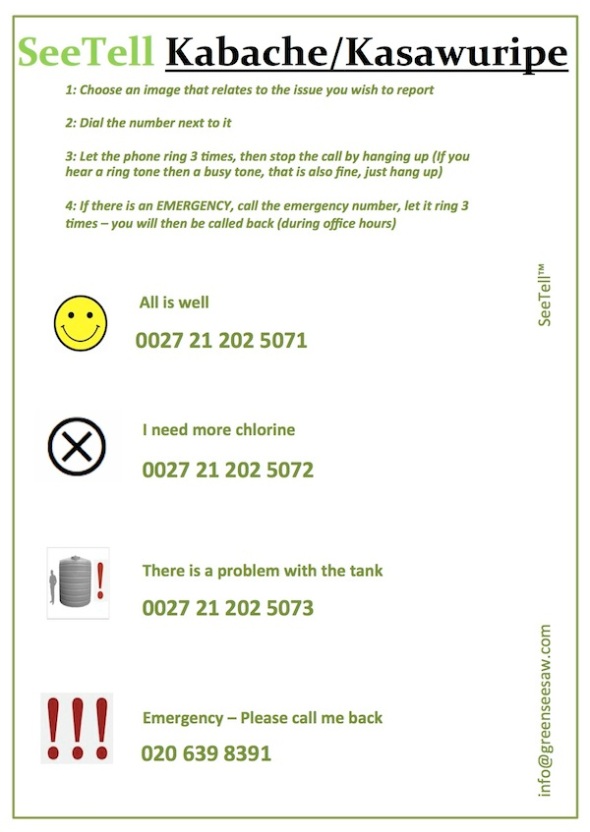
The solar center is officially open in Kurugu Vohoyili! Last night, Shak, Wahab, Amin, Eric and I all went to KV to celebrate the opening. We pulled up to the solar center and there was already a queue forming next to the shop window with community members lining up, Burro lantern in hand.

Ayi and Fuseina met us at the door to the center and opened up the shop for business. It was Wahab, Amin and Eric’s first time seeing the solar business in KV and they were impressed! We immediately got to work unwrapping more power strips and plugging them in to make slots available for people to charge cell phones. There wasn’t much time. The crowd was getting rowdy outside the shop. People were demanding batteries.

Shak and I had a quick pep talk with Ayi and Fuseina. “Ok so who is going to run the window taking battery orders and handling the money? Who is going to load batteries and keep track of sales?” Fuseina took the window and Ayi grabbed the sales book. The shop window was pushed open for Fuseina to take the first customer.


Within a few minutes, there was a problem. Everyone had come to the shop with big bills! Customers were holding 5 GHC and 10 GHC notes to purchase 10 pesewas batteries. The women did not have enough small change for these kinds of transactions. Shak and I hadn’t thought of this. We had a quick meeting with the chairman who suggested that those who have small change pay for their batteries tonight and the rest of the households will be held accountable to pay the women tomorrow. I was worried. I wanted to make sure Ayi and Fuseina actually received their money. The chairman reassured us that the women would be paid back the following day and that in the future, people would come to the center with smaller coins. That’s the plus side of doing business in a community network like Kurugu Vohoyili.


We got back to work. Ayi and Fuseina were getting overwhelmed. With the rate of sales, Ayi had too much on her plate: recording sales, handing Fuseina charged batteries and replacing batteries in to the empty slots. Shak helped Ayi with the sales book, Wahab, Eric and I handed Fuseina charged batteries and replaced the empty slots. Opening night will be their busiest night because in the future, community members can come buy batteries or bring their cell phones to charge at their leisure throughout the day. It will take time for the women to get used to the process of counting money, replacing batteries and keeping track of sales. Shak and I will continue our training with the women later this week when we go back to monitor.

The women ran out of charged batteries, it would take a couple of hours to charge up more. There are only 15 battery chargers (4 battery slots per charger) at the center. Meaning only 60 batteries can be charged at once, giving 20 households 3 batteries each for their lanterns. This would only be a problem opening night.
Amin had been outside helping customers put batteries in to their lanterns and socializing. He came in to the shop when the women finished sales and said, “Oh, the people are happy. I saw one man just playing with his lantern trying all 4 light settings about 15 times, then he ran home to show his family. Wow!” Indeed, customers had all run home with their new solar charged, battery-powered lanterns. I peaked outside and only the chairman and some small children were left. Ayi and Fuseina let out a sigh of relief. They did it!

What a whirlwind of a night but overall a success. We are looking forward to monitoring the solar center’s progress and talking to families to see what they think of the center and the lanterns. A big thank you to Next Step Living for funding this solar pilot, Burro for our new partnership in bringing solar gensets and lanterns to rural communities and Mark and Ben who developed the first solar pilot in Wambong. Monitoring and household survey reports to come!
Cheers,
Brianán



















































